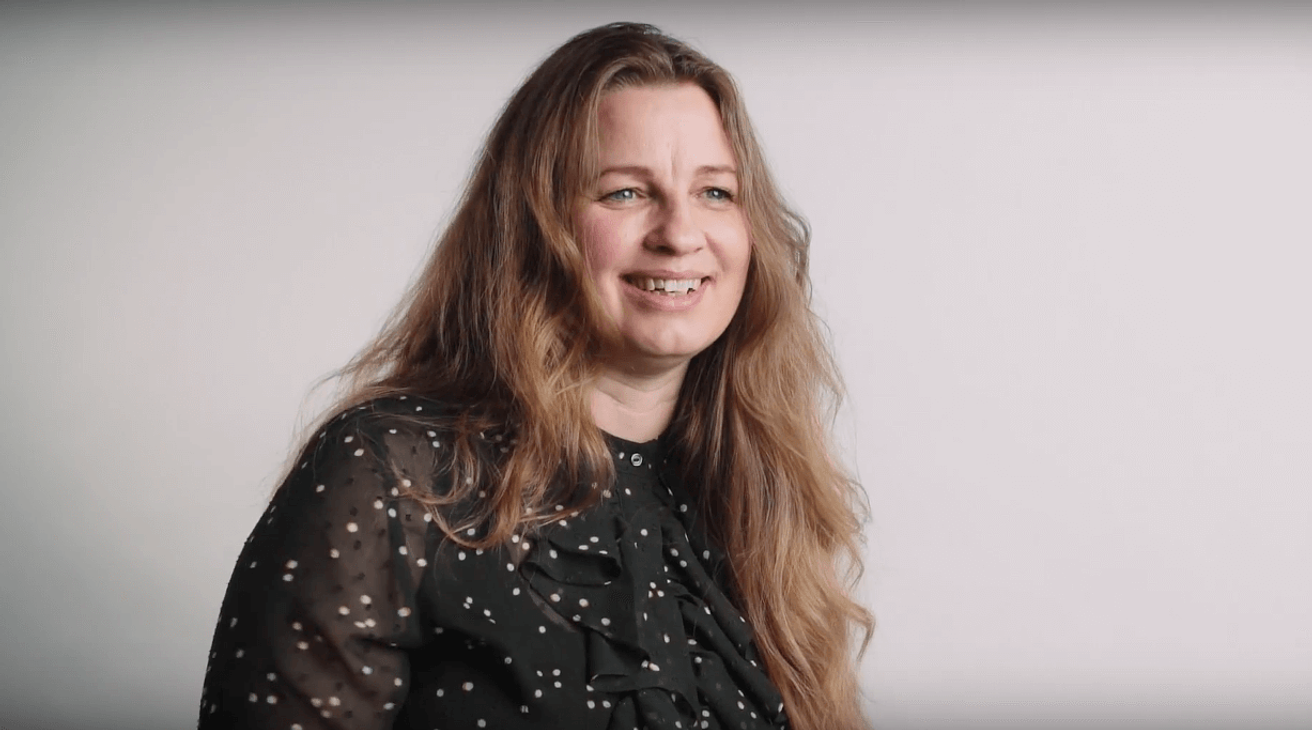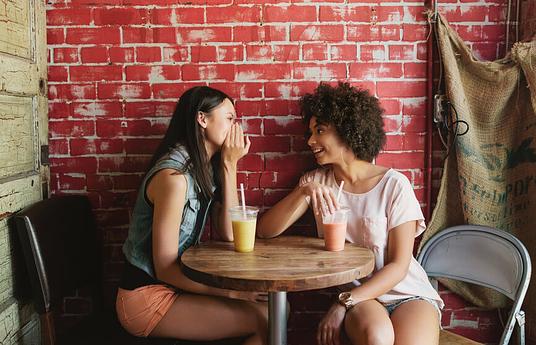Lene Jensby Lange is an Education innovation consultant and learning space designer. She is the founder of The Autens Consulting House, creating schools for the 21st century through interactions with students, teachers, educators, management, municipalities and external partners.
Please introduce yourself and your innovation
My name is Lene Jensby Lange, I’m based in Denmark and I founded an educational consultancy twelve years ago. Our mission is to change schools because there's so much potential in what we can do in education today. So we help schools, we help cities and work with anybody, play with anybody who shares our mission, to transform and change and open new doors and opportunities in education.
We have several things that we work on, we build dreams with schools and with cities, we help talk about how can you transform, how can you go through that process, we help design schools and team up with architects and we also remodel schools ourselves and we design learning spaces - which is why I’m here today.
Through it all we do a lot of co-creation with teachers and students, because that's something we truly believe in.
We also facilitate a lot of international collaboration because there's so much we can learn from each other across nations, across educational systems and there's so much we have in common, actually. There's a lot of things that can flow easily across borders and that’s just very inspiring for everyone to be part of.
We’re here to present one of the things we do with schools, Learning Space Design Lab. Instead of designing learning spaces for schools when they ask or even when they build a brief, we say, "Hey, why don't we work with you instead, have your teachers or maybe students create it?". Not just create it out of the blue, but we build an actual scale model in 1:20 so it can actually be used afterwards. We talk about what school should look like in the future. We talk about what they are aiming for. We present them with inspiration, what other people have done around the world, tell them some tips and tricks for what they could do, then we invite them to join us in making what they are creating in a physical model.
It draws on everything we know works in learning, it’s engaging, meaningful, something they can go away and do afterwards, it's tactile which is important, it's how the brain works, it's collaborative so it’s not just about what this teacher wants or that teachers wants, but talking about what learning should look like in your school and how you as a team create a learning culture and then the physical space is just a representation of learning culture. That's what we help them do.
It’s playful, it’s fun, and then you completely forget to be scared about all the things you don’t know how to do. We help the team build a new vision and mission of how it can play out really. It’s not about learning spaces, it’s about how they can work as a team, with students, and create learning in new ways.
How can learning environments affect learning outcomes and what challenges do we face in this area?
The thing that always puzzled me is when I walk into a school and I open a door to a classroom I almost know what I’m going to see. I’m going to see similar work desks for 25 different people who are on different paths probably or have different needs when it comes to learning, different preferences, different ways they really learn well and it’s also a room where it can be in rows or they can be put up in other ways, but you don't have a lot of floor space and you don’t have a lot of room for teacher creativity in terms of changing the strategy, if something's not working, how can you easily do something else or get everybody up and moving, that’s also important in learning.
We see classrooms that are like this in so many countries and so many schools and it's based on how we used to think learning worked, or at least how teaching worked originally when more institutional schools were created. The teacher has the knowledge, you talk at the students, the room is directed to the blackboard, whiteboard or smartboard, whatever it is, but that's not where learning comes from. If you believe in a model where learning is something you facilitate and you get curious and you explore, you co-create, you collaborate, then we need spaces that also communicate that narrative and we need spaces that can work as a tool for that. How can you easily help students collaborate? How can you help them create? How can you help them do creative projects, where are the resources, how can they do it? Why not also open the classroom doors so people don't have to be in the same room all the time. We want to create a different narrative in learning spaces in schools, I think it’s really important that it’s something that actually is a physical representation of what you believe to be true about learning.
One of the projects I’m most proud of with learning spaces is a small countryside school in Denmark and it was done on no budget at all, so anybody could do it. We worked with them and talked about what learning was and they had a lot of ideas and a great vision of learning. They were in a process of changing their processes and developing them but the classrooms were so tight, with no floor space; they wanted to change things.
After the change, we asked some of the students, what do you think? How is this working, is it working? The students said several things, one was “Earlier, I used to sit in the back of the classroom, now there is no back of the classroom!”. So it’s a space where students can flow around in a fluent way, according to what they need and who they need to talk with and the teachers can also be much closer to each student because it’s very organic, there’s no front or back or anything like that. Its an open environment. Even though it’s still a classroom, because that’s what they had at that school. Another thing that student said was that the teachers are much more quiet now and that’s of course a very funny statement, but I can see what he’s talking about! The environment actually helps everything become more calm and the teachers are much more facilitators of the student learning and of the work they do.
How can learning environments be developed with small resources?
A lot of teachers might say “I don’t have any money to do anything about my learning spaces,” or “my classroom is so small so I can’t do anything”. But, often the question is not what you have to add and all the new stuff you need to buy, it's what you need to take out of the room and it’s rethinking what you are trying to communicate from the spaces. So look at the space as a swiss army knife for learning, what do you need to know and how can you swiftly change that, how can you create spaces that are agile and suited as a tool for the teacher? Often you can take some of the furniture out and you can look at the corridors, the corners and the basement, every school I know they do have furniture that is not being used that could be used in a different way. The students could help recreate the furniture, you can reshape it, it doesn't have to be new, because that's not important at all. So look at what you have and be creative and innovative. The most important part is to talk about what learning should look like in your school.
What is the biggest challenge facing education right now?
One of the biggest challenge is probably the how, how do you do it? When we travel across the world and also across Denmark, let's acknowledge that we need to change education in ways that it’s more meaningful for children, where it’s something that's related to their lives, something that's useful and that can cater to them in many different ways. So it’s how do you do it? There’s a lot of talk about how can we work with project based learning, how can you transform a school and what can your practise look like? How can you collaborate, how can you link your curriculum with a very engaging, very here and now, relevant learning experience for kids, so the how is really important.
The next 100 years of education should…
Enable children to become entrepreneurs of their own lives, thoughtful, caring entrepreneurs, who care about their surroundings, care about people around them in the world, but also are able to lead their own lives. It also has to do with how we can personalize learning more, today with all the technology we have, easy access to knowledge and experts, children can learn anything they want to in this world and they can build their own path instead of having to choose the same path as the next person. So it’s about children not having to leave their dreams and who they are at the doorstep of the school and forget about it until they come out, but actually develop who they are through school and take different paths and follow their dreams in life.
To learn more about Learning Space Design Lab, visit the innovation page.

